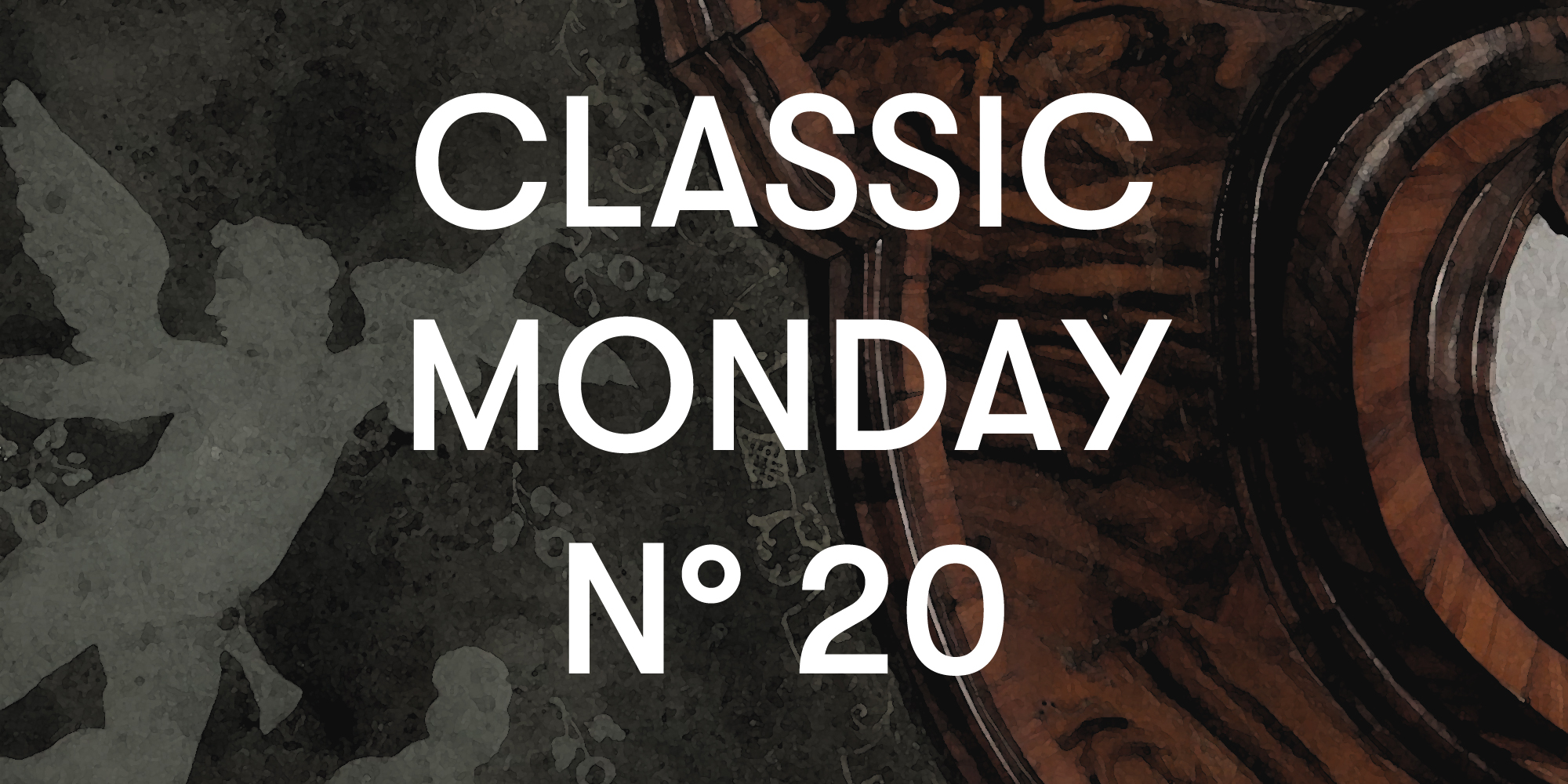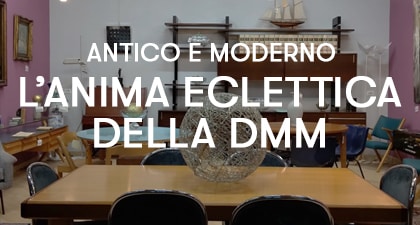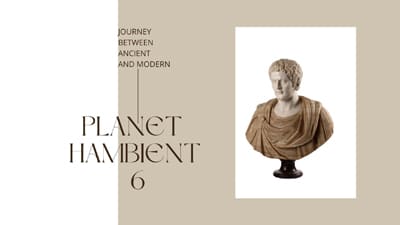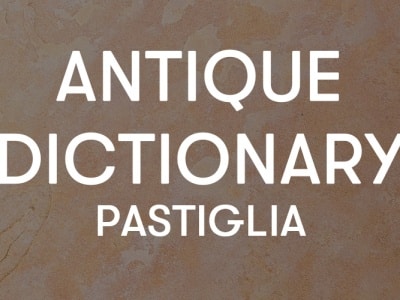
The protagonist of our Classic Monday comes from Venice in the mid-eighteenth century.
High quality furniture for the value of the materials used and the processing techniques, it is also considerable as an example of reuse of a piece of furniture.
It is not unusual for furniture or antique objects to be readapted, to meet the different needs of taste or function of the new owners. Small objects or entire furnishing accessories were in fact modified or assembled together in different variations.

In our case, in fact, it was originally the rise of a trumeau or the front of a wall cabinet opposed to a trumeau with the upper part developed in a similar way, as was often done to furnish the rooms symmetrically. The two mirrored doors that make up the front, however, have been blocked, to reuse the furniture and use it as a wall mirror.
Often such re-uses were also dictated by the conditions in which the furniture poured.
If, for example, a part was heavily compromised or damaged, it was discarded and only the section in better condition was preserved.
But also collecting and commercial needs could dictate similar interventions.
For example, dividing a trumeau meant having more furniture available to be able to offer on the market.
Our front is a fine example of the production of Venetian furniture of the mid-eighteenth century, of which complete examples of similar trumeau are known, now preserved in various private collections.
A refined Louis XIV style distinguishes the carvings of the wooden parts and the decoration of the mirrors. The silhouette is in fact moved upwards by curly swirls that support the cymasa. A similar dynamism is also found in the profiles of the mirrors, whose top is decorated with leafy carvings. Mercury mirrors are engraved with acid to create elegant floral Greeks. But of particular value is the processing of the central cartouche. Always consisting of a mirror, acid was cleverly used to depict a putto.
Particularly appreciable is the representation in an absolutely naturalistic attitude. He is fluttering and picking flowers, but he quickly turns back, as if someone had called him or some sudden noise had caught his attention.
Of great value and aesthetic effect is also the type of wood used. The walnut briar and the bois de rose threads create a refined play of lines that enlivens the surface even more. In some points of the cymasa, the grain of the briar has in fact been taken up in painting, to strengthen its final effect.
Ours was born as an elegant piece of furniture and even today, albeit with a different function, it is characterized as a sophisticated complement, an expression of refinement and elegance.














